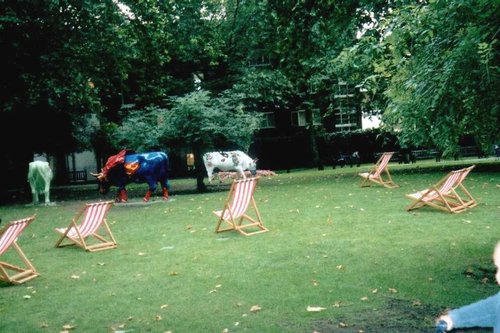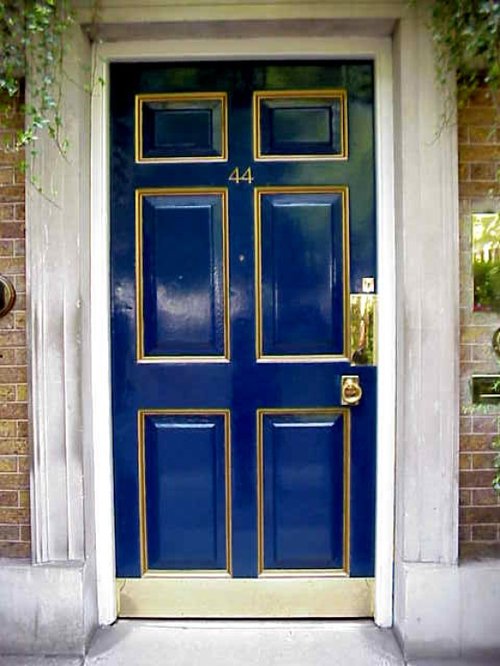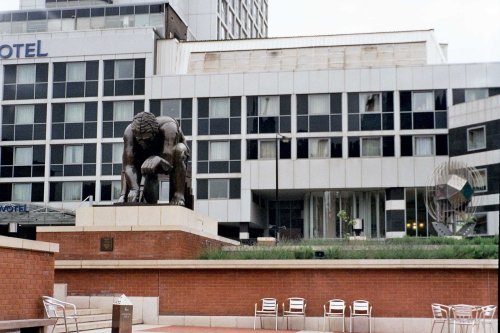Please login or click here to join.
Forgot Password? Click Here to reset pasword
Although the history of Regent's Park stretches back to the time of Charles I, it really only came into its own during the early part of the 19th century when the landscape became part of the Prince Regent's grand design for a vast neo-classical redevelopment by John Nash, thus the name Regent's Park. Thankfully, Nash's plans never did reach completion, that would have meant building on the park itself, which was not what the Prince desired, his taste was for more open space rather than development. Visitors to London however will note that the "green" lungs of Regent's Park are surrounded by some of London's most beautiful architecturally designed buildings, some where designed by Nash.
The park took many years to complete, it was not officially opened to the public until 1849. The main feature of the park was the Inner Circle which now encloses a beautiful rose garden, rockery with sweet scented plants and a lake - this garden is known as Queen Mary's Garden, it is pretty and peaceful, one of the loveliest spots in London.
Masses of trees bearing blossom of every hue line pathways, lakes and the boating pond - this receives its water from the River Tyburn which firstly fills the lake and then spills over into the pond from its only visible stretch en-route for the Thames.
Pleasure boats carry passengers along the Regent's Canal to Regents Park Zoo, this is one of the most famous zoos in the world with more than 650 species on show. The zoo offers a delightful experience for both adults and children, it has a somewhat historical atmosphere, but its age and experience make it one of the most informative and here you can learn of endangered species, the care of animals and the plight of elephants at the mercy of bounty hunters. Despite its high entrance fee this zoo is well worth a visit.
The overall charm of Regent's Park centres on its tranquil Victorian atmosphere, visitors can see lovely Victorian garden ornaments, delightful bridges, enjoy the Broad Walk and walks along shaded avenues, view the public amenities for tennis, archery, cricket and sailing on the lake.

in the county of Greater London
(0.8 miles, 1.3 km)Marylebone is one of London's more affluent area's, it is home mostly to the well to do, and yet only a couple of centuries ago a large workhouse was built here to give shelter to the poor and homeless, often foundlings were discovered on the workhouse doorstep...

in the county of Greater London
(0.9 miles, 1.5 km)Camden town is a vibrant cosmopolitan region of London...

in the county of Greater London
(1.3 miles, 2.1 km, direction E)The name of the area is taken from the boy martyred in AD 304. Pancras was the orphaned Christian son of a Phrygian nobleman who was brought up at the court of the Emperor in Rome...

in the county of Greater London
(1.5 miles, 2.4 km, direction S)Mayfair has it all, it is the haunt of the rich and famous, with elegant houses and apartment buildings that are the sole province of the wealthy...

in the county of Greater London
(1.6 miles, 2.6 km, direction S)One of the Capital's most noted places, Piccadilly sweeps uphill with handsome houses on one side and Green Park on the other...
All towns in Greater London
The Central London Mosque, founded in 1965 was designed by Sir Frederick Gibberd. 1978 saw the completion of the Mosque. The.....

Madame Tussauds, the worldwide famous Waxworks Museum has a multitude of fascinating exhibits of famous people such as Michael.....

Since opening its doors to the public in 1847 London Zoo has become the most famous zoo in the world. With over 650 species, an.....

Marble Arch was was designed by John Nash and purpose built in 1828 to be the grand entrance to Buckingham Palace. It is.....

..